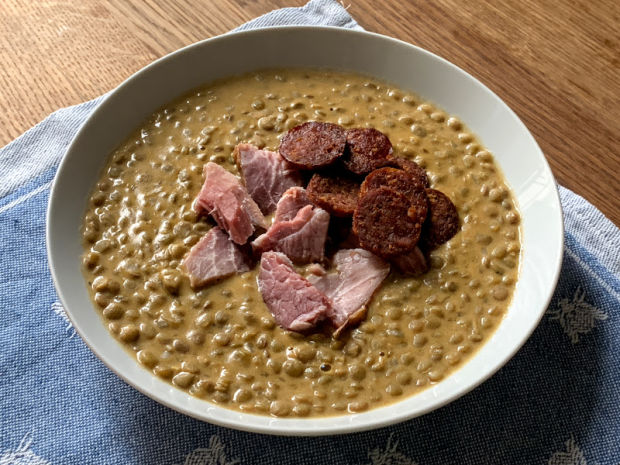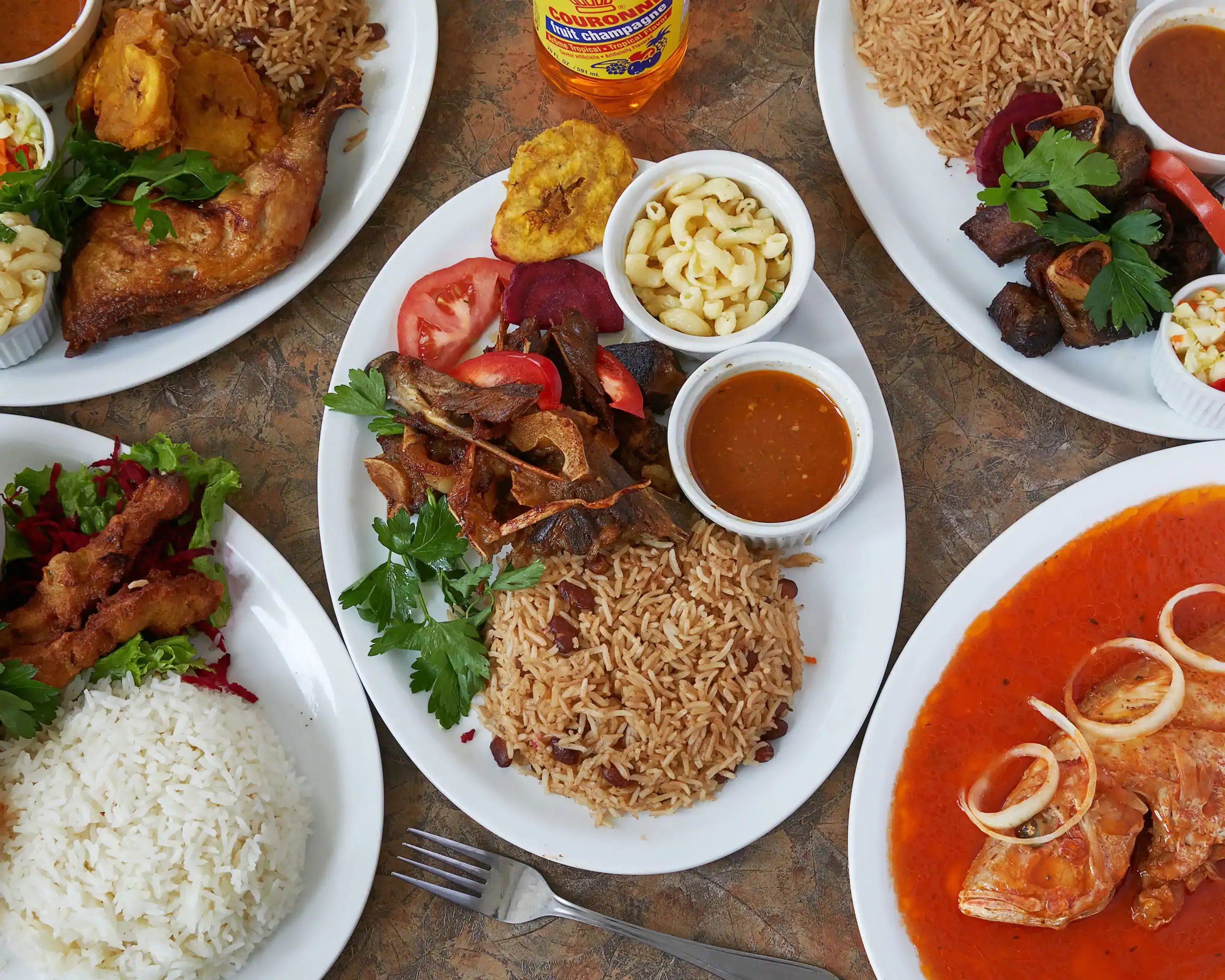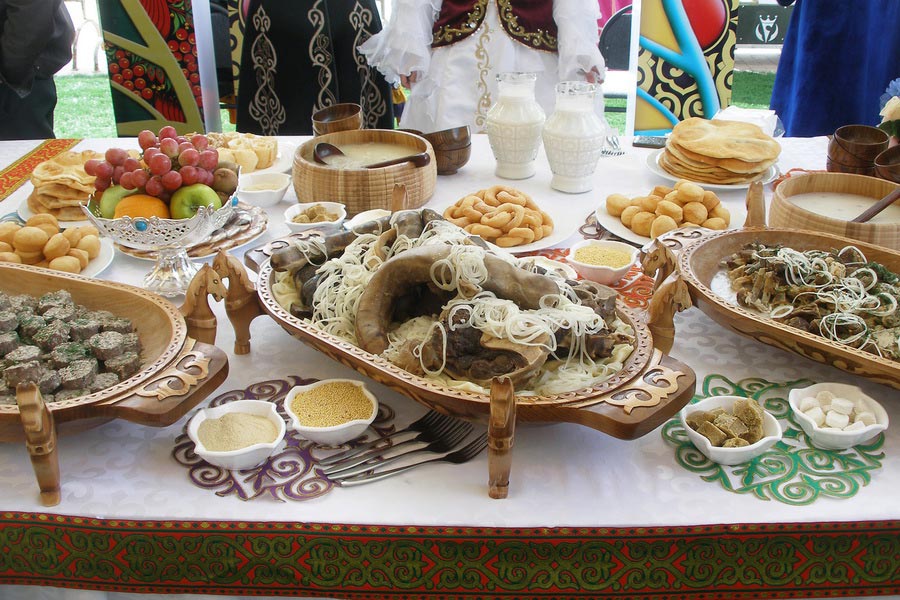Introduction: The Flavors of Hungarian Cuisine
Hungarian cuisine is a fusion of Eastern and Western European cooking styles and flavors. It is known for its hearty, meat-centric dishes and rich sauces, as well as its use of paprika, a ubiquitous spice in Hungarian cooking. Hungarian cuisine has evolved over centuries and has been influenced by neighboring countries and cultures. It is characterized by a complex mix of flavors and ingredients, making it a beloved cuisine worldwide.
The Role of Spices in Hungarian Cooking
Spices play a crucial role in Hungarian cooking, adding depth, flavor, and aroma to dishes. The most prominent spice used in Hungarian cuisine is paprika, which adds a distinctive sweet and smoky flavor to dishes. Other common spices include caraway seeds, cumin, coriander, and bay leaves. These spices are often used in combination with others, creating complex and layered flavors in traditional Hungarian dishes.
Traditional Hungarian Recipes: Spicy or Mild?
Hungarian cuisine is not typically known for being spicy. While some dishes may have a mild heat, the cuisine as a whole is more focused on flavor rather than heat. Traditional Hungarian dishes like goulash, chicken paprikash, and stuffed peppers are not particularly spicy, but are rich in flavor. However, there are some Hungarian dishes that are spicier, such as the fiery fisherman’s soup, halászlé, and the hot wax pepper relish, lecsó.
Exploring Paprika: Hungary’s Beloved Spice
Paprika is the most famous spice in Hungarian cooking, and it is used in countless dishes. It is made from dried and ground red peppers, and there are several different varieties of paprika, each with a unique flavor and level of spiciness. The most common types of Hungarian paprika are sweet, hot, and smoked. Sweet paprika is used in many dishes, while hot paprika is used sparingly for a touch of heat. Smoked paprika has a smoky flavor and is often used in stews and soups.
Other Spices Commonly Used in Hungarian Dishes
Aside from paprika, there are several other spices commonly used in Hungarian dishes. Caraway seeds are used in bread, soups, and stews, while coriander is often used in pickling and marinades. Cumin is used in many dishes, including sausages, and bay leaves are added to soups and stews for flavor. All of these spices add depth and complexity to traditional Hungarian dishes.
Conclusion: The Diversity of Hungarian Flavors
Hungarian cuisine is not typically known for being spicy, but it is rich in flavor and depth thanks to the use of spices like paprika, caraway seeds, and coriander. While paprika is the most famous spice in Hungarian cooking, there are many other spices used to create the complex and layered flavors found in traditional dishes. From hearty stews to savory sausages, Hungarian cuisine is a celebration of flavor and tradition.










